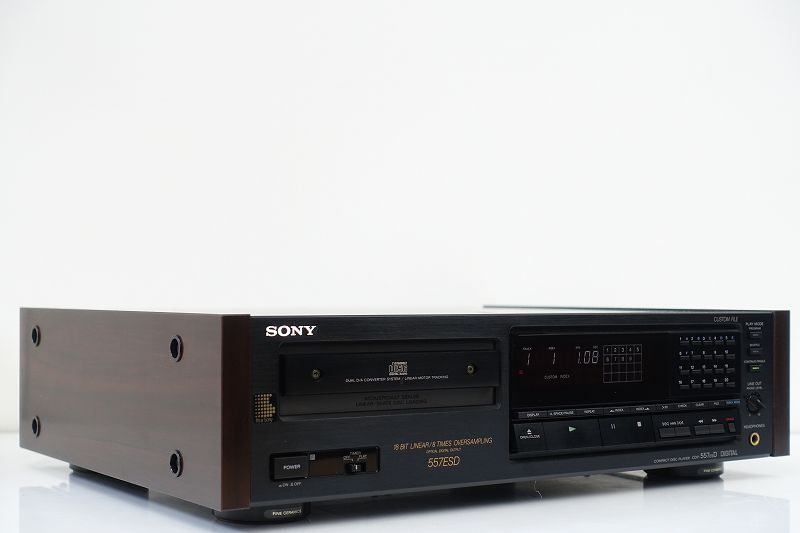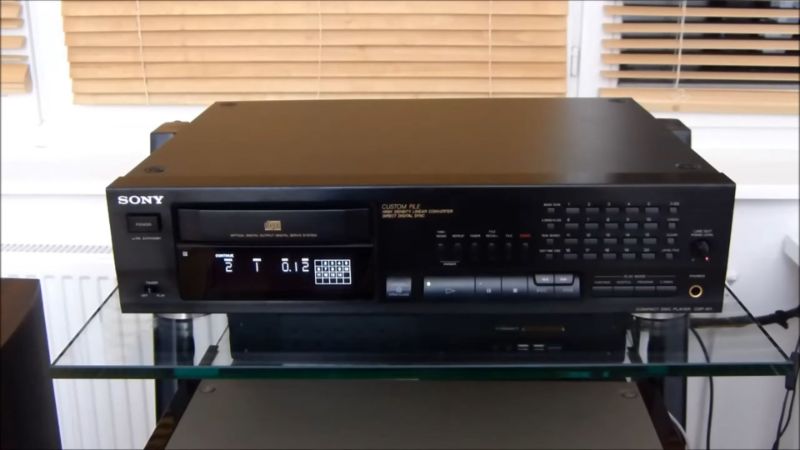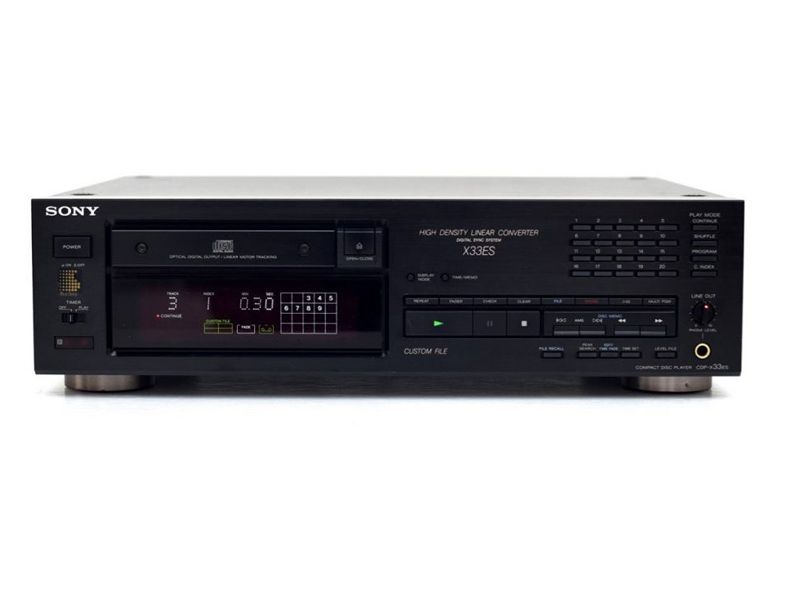In hi-fi, bravery usually refers to the courage to release something that stands out from the crowd. Yamahas with sloped fronts and Michaelson Audio’s Chronos amps come to mind…
True bravery, on the other hand, is acknowledging that you made a mistake. Marantz has done the same with the reviled CD-11.
It was well received by the Japanese, and it appears that the French consider it to be the best CD player on the planet. However, it was universally loathed in the UK, with the general judgement being that it sounded flat, sluggish, and uninteresting.
At first, I tried to avoid reviewing it, but when I reviewed the company’s Music Link devices, I was asked for my opinion during a listening session. I, too, was underwhelmed by a computer designed to outperform my reference CD-12 from the same company.
I have now spent some time with the new CD-11, comparing it to my collection of CD players as well as an original CD-11; it’s fascinating to hear how a firm will go to such efforts to save face. And what Marantz did was enlist the help of Ken Ishiwata, who didn’t just save face; He put his money where his mouth was.
Externally, the only way to tell the new from the old is to turn them over and search for a fifth ‘foot.’ This was probably installed for greater isolation and to provide support for what is a large computer. It’s not like the first one sagged.
It’s a different tale on the inside. The primary element in the new version is the DAC-7, the latest Bitstream chip that is supposed to ‘cream’ the previous version’s 7321. I spoke with Paul Miller, a fellow HFN/RR contributor, about it, and he verified my observations concerning sonic improvements in four crucial areas — exactly the areas where the CD-11 required a makeover.
The DAC-7 divides the analogue and digital parts, and it consists of a 7350 chip (used as a digital filter) and a TDA1547 chip (used for D/A conversion). Two TDA1547s are employed in dual-differential mode in the CD-11 update. A completely reworked power supply, new servos for the motor, and the retention of the cast CDM-4 transport with new servos are among the other improvements. I think Ken mentioned that there might be an upgrade program for early CD-11 users, but it would be expensive — possibly half the price of the player — because the update is significant.
Are the bits onstream with Marantz’s relaunch of the ill-fated CD-11 with the DAC-7 chip? So, what was it that I was looking for? As previously said, I noticed four characteristics that distinguished the CD-11 from world-class players…at least ones costing approximately £2,000.
Transparency, detail, three-dimensionality, and dynamic contrasts had to be improved in the replacement, which is exactly what I expect high-end machines to give over bargain-basement devices. The CD-11 Revisited had to compete against the CD-12 it was supposed to replace, the CAL Tempest II SE, and numerous stand-alone parts such as the Audio Research DAC1, the Audio Alchemy Digital Decoding Engine, and Meridian’s 200 transport and 203 D/A converter, in addition to its predecessor.
The DAC-7 and other improvements immediately opened up the sound, making the CD-11 Modified sound ‘larger,’ more upfront, and less crowded. The sonic ‘image’ appeared to be a few feet taller, 20% broader, and twice as deep. The transition from Viewmaster 3-D to something more solid and palpable had an immediate impression.
When listening to the sound, it was obvious to perceive more transparency or, more accurately, the absence of the clouding that plagued the CD-11. This element of the changes not only gives the impression of a more forward sound, but it also helps the listener to pick up tiny sounds and low-level effects that were previously concealed by the previous unit.
Overall, the increases mean better clarity and detail, as well as a significantly more precise mid and top end. The vocals of Patsy Cline, particularly the dynamic swings on ‘Sweet Dreams,’ put both the transparency/clarity issue and the texture handling to the test. There shouldn’t have been any in this circumstance, and there weren’t. It meant Marantz had succeeded in removing a layer of fine grit that hampered clean and/or glassy sound while simultaneously adding a layer of muck that you had to listen through, if at all possible.
The late, great country vocalist had a microphone technique that must have cracked a few capsules in Nashville, and the Cline vocals put the increases in dramatic contrasts to the test. The CD-11 Mk II is a model of the CD-11. I followed the steps, and the CD-11 Reincarnated handled all transitions with a smoothness that rivalled the Audio Research DAC1 and the CAL Tempest’s steady see-saw swing.
I still consider the CD-12 to be one of high-end audio’s best-kept secrets, owing to its lack of global acclaim. And why is that? Because it was a model that only applied to Europe. This prevented it from gaining access to the key US market, which is where the CD-11 Revived must succeed. This item will be towards the top of a line that will be used to re-establish the brand as a major business in the country where it was founded. And I believe it is capable of doing so.
Because it’s the most ‘analogue’ of all the machines I’ve used, the CAL remains my favorite. Even if the CD-11 Reborn is superior in many ways, the CD-12 still has a shine and ‘near-analog’ sound that the CD-11 Reborn lacks. Meridian’s products offer superior value for money. This face-saver, on the other hand, creates sound that is so consummately musical and absolutely coherent that it deserves to sell in record numbers, especially among people who value the build quality, reliability, and support of a company like Marantz.






